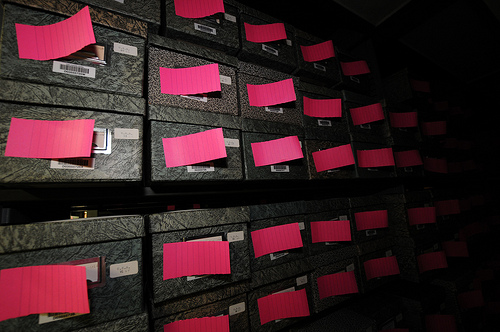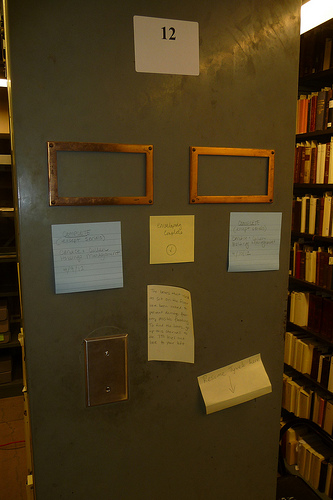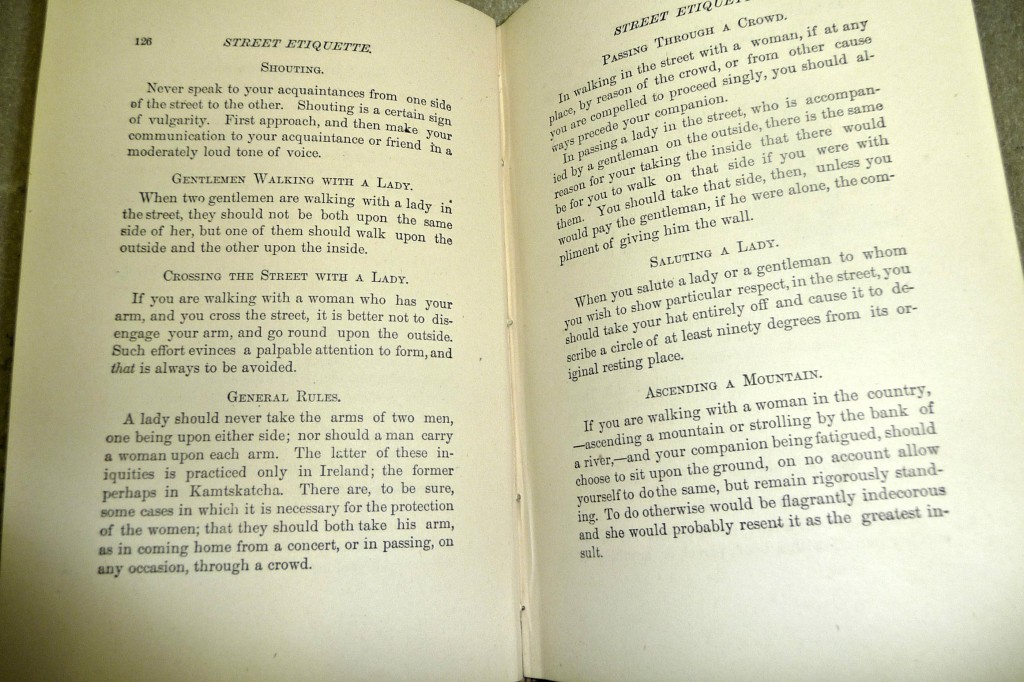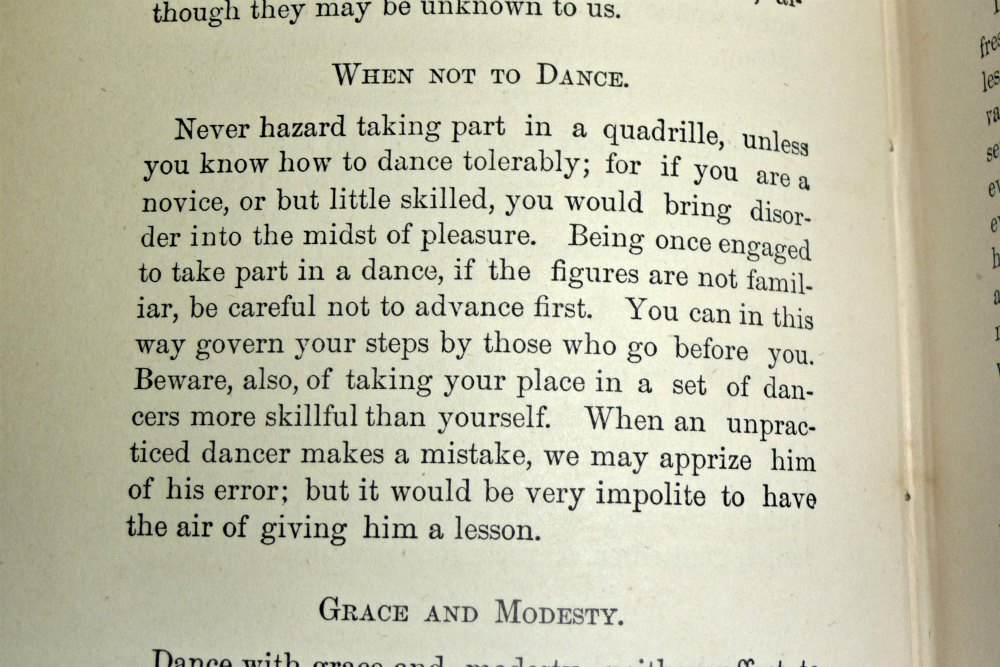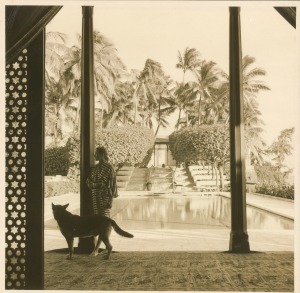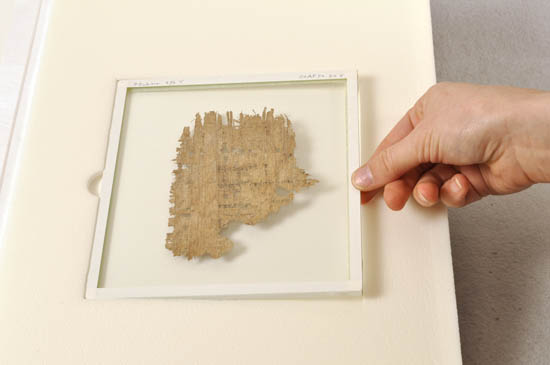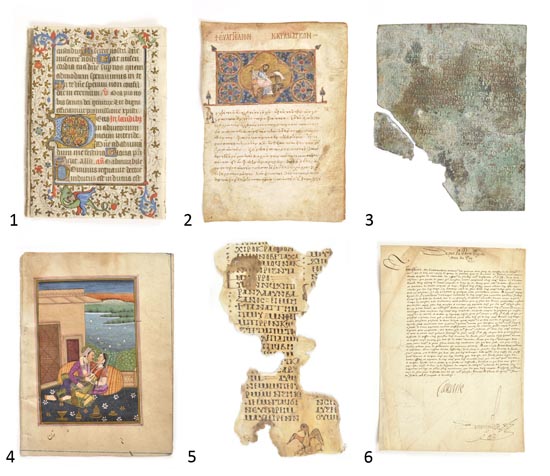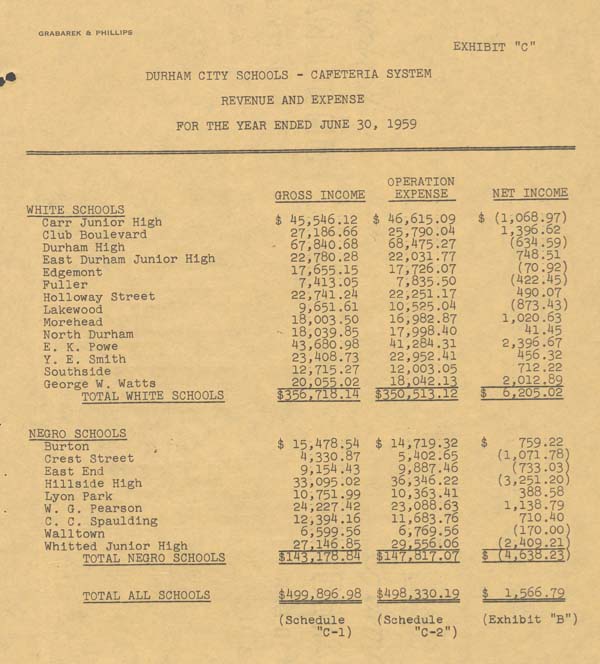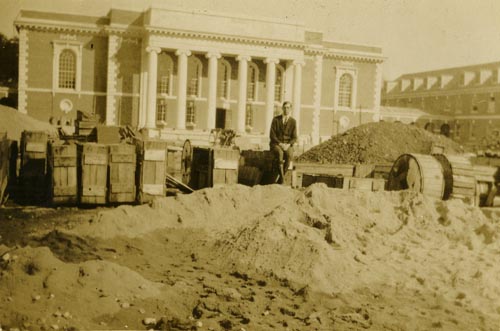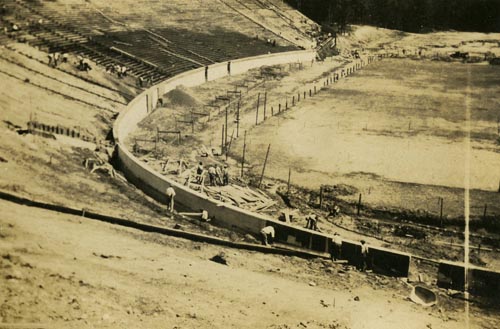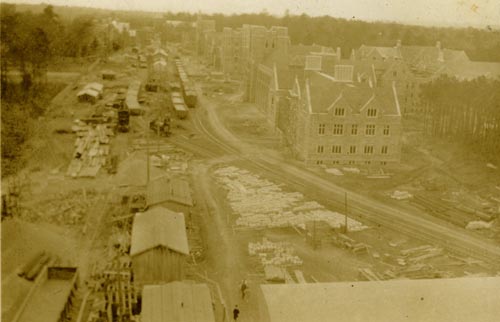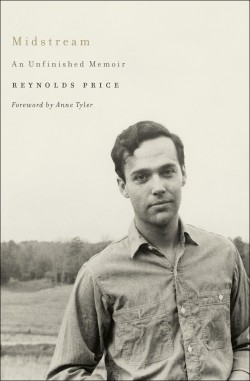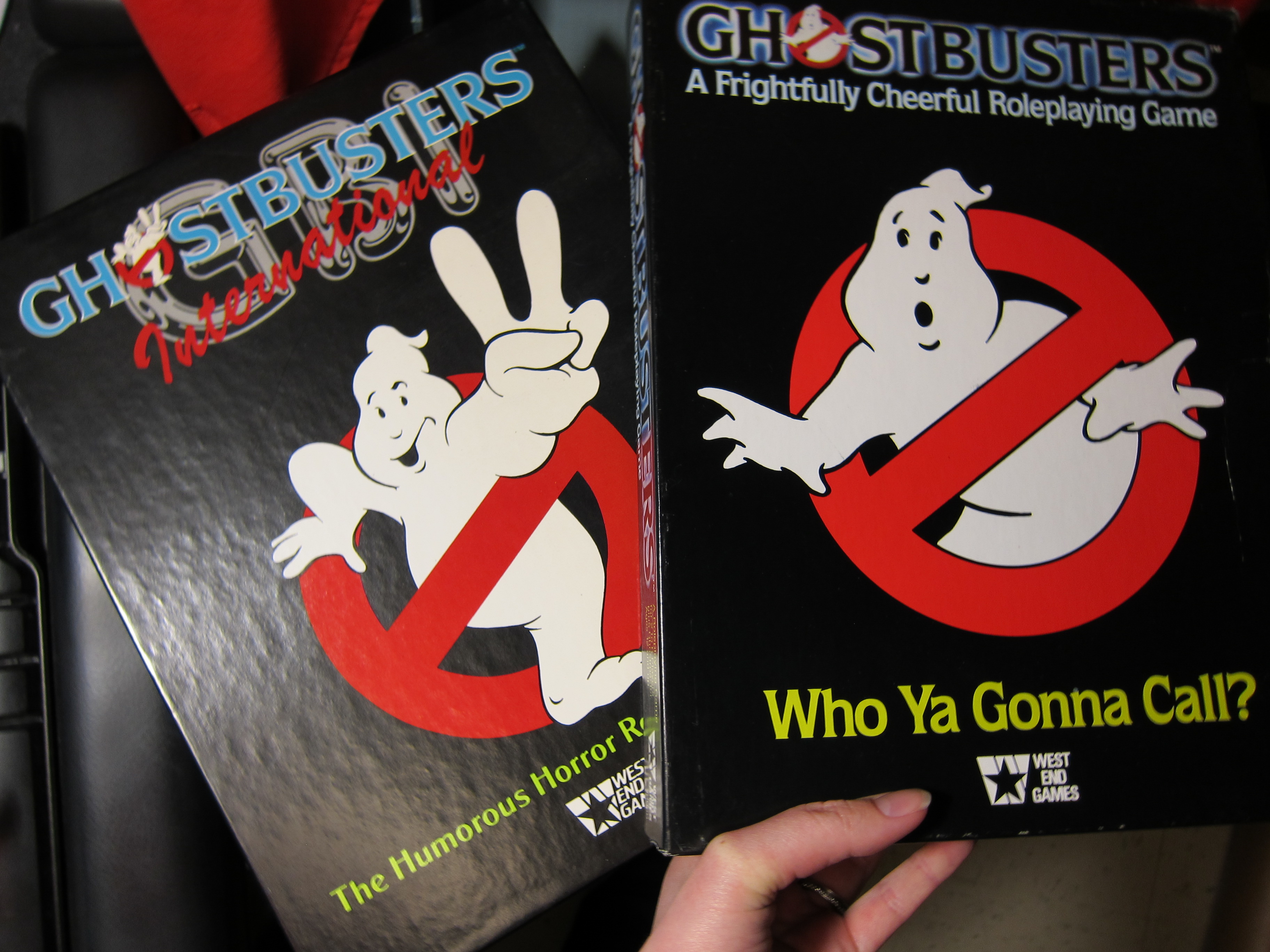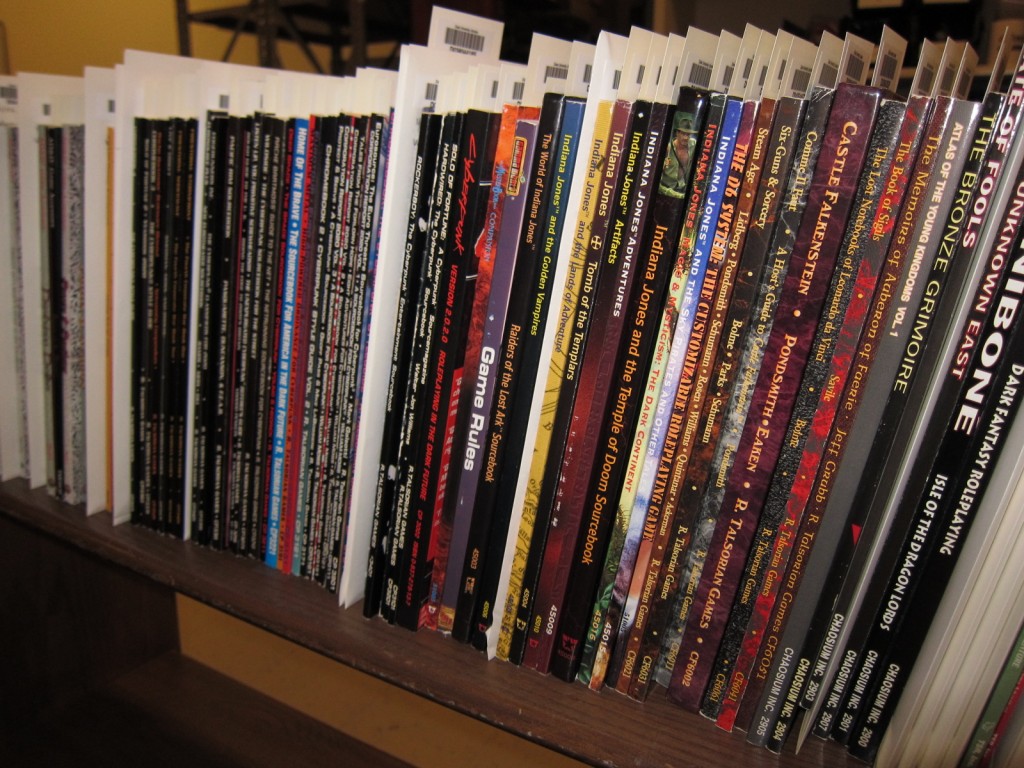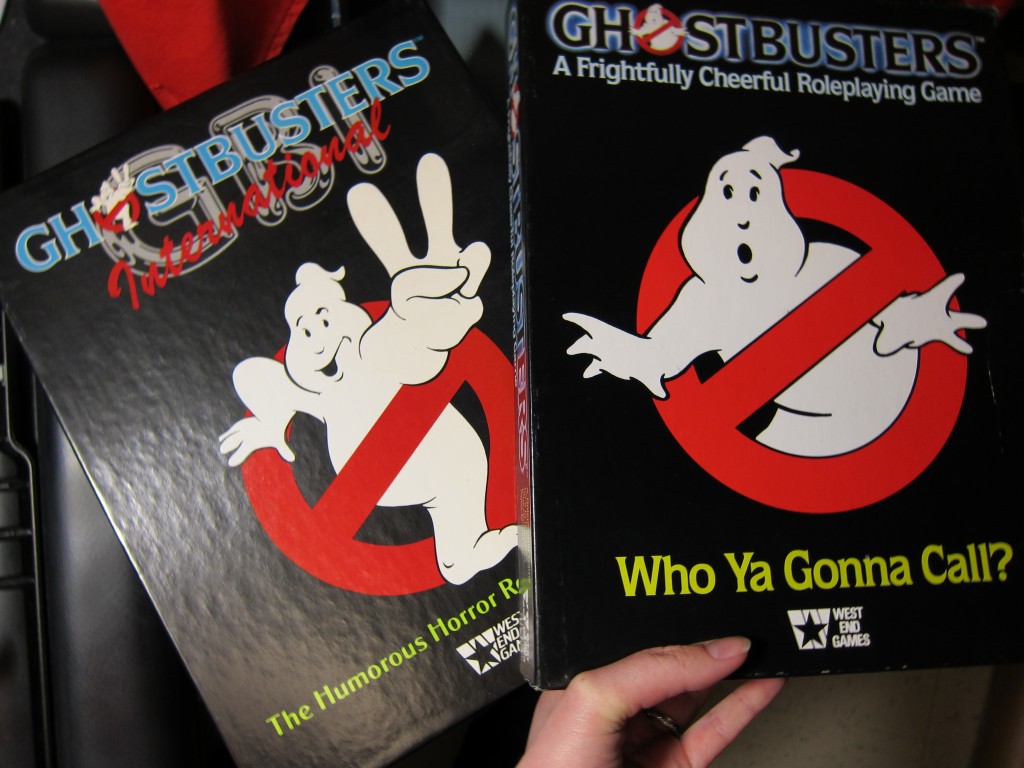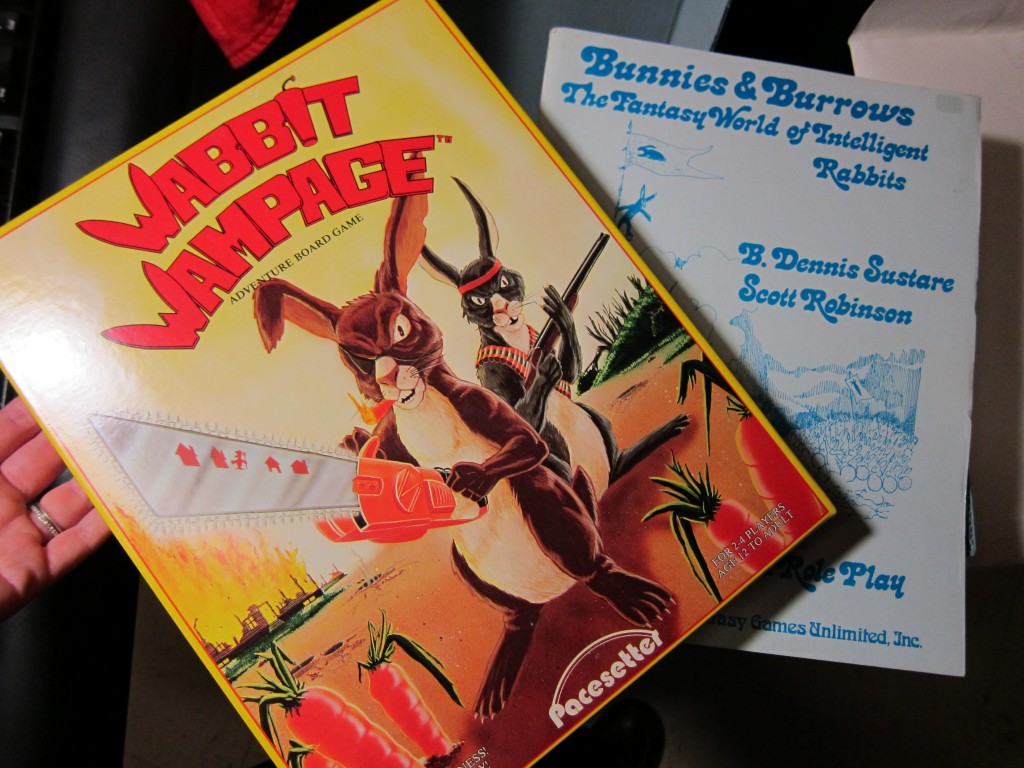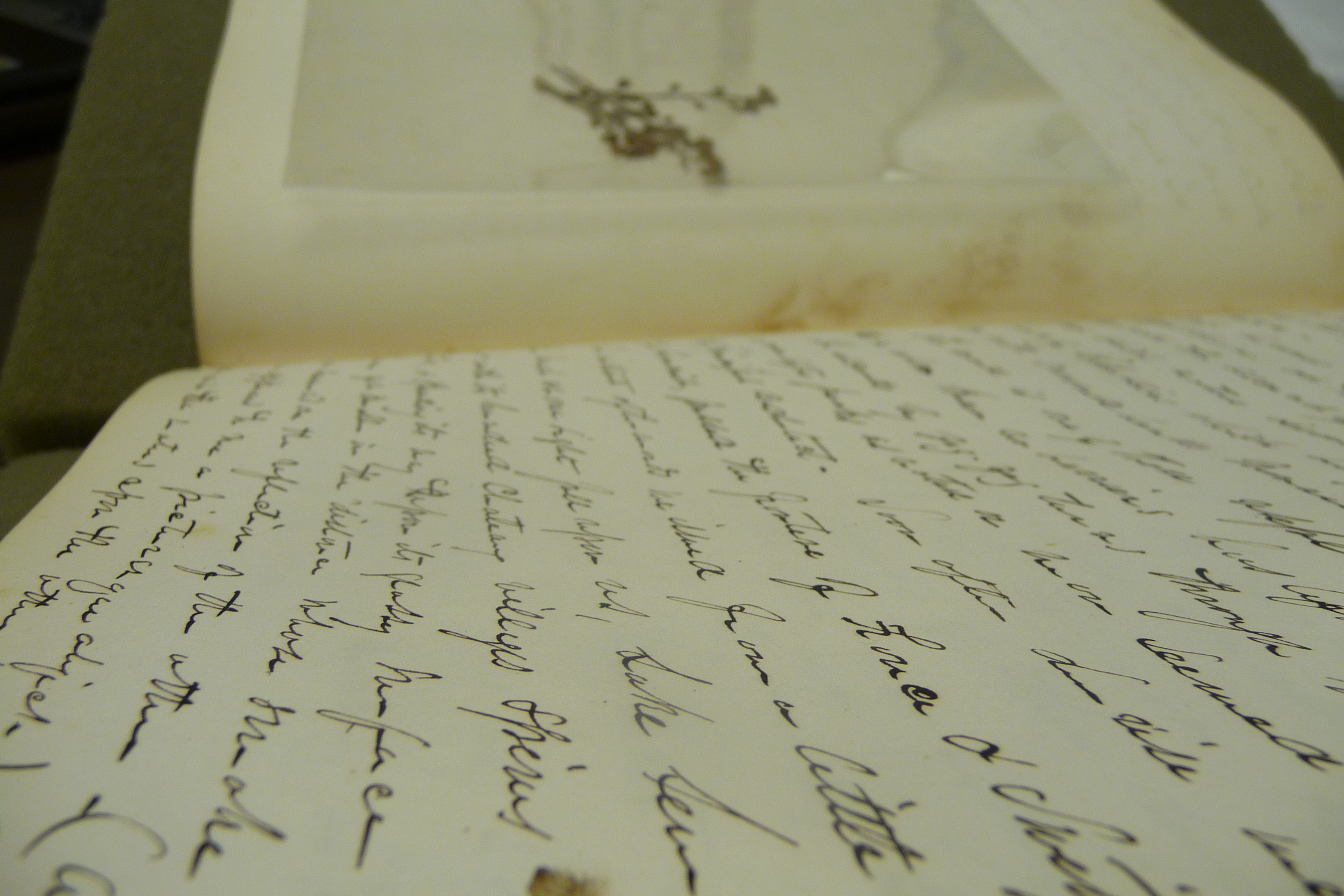Since August of 2009, when the Doris Duke Collection first opened for research, patrons using the collection have regularly shared with me two pieces of feedback. First is that there is no historical timeline capturing the major events in Doris Duke’s life that could provide context for the collection. The second is the challenge of navigating such a large and complex collection. Because the Doris Duke Collection is divided into smaller collections and the Rubenstein Library holds other collections that contain materials related to or about Doris Duke, discovering all the various parts can beguile even the most seasoned of researchers.
Acknowledging the merit of this feedback, staff from the Rubenstein Library, including me and Noah Huffman, the Archivist for Metadata and Encoding, teamed up with Application Developer, Will Sexton, Web Developer, Derrek Croney, and Digital Projects Developer, Sean Aery from the Duke University Libraries Digital Experience Services to create a “people portal” to the Doris Duke Collection. The expectation is that this portal will both introduce you to Doris Duke and some of the wonderful materials within the collection, and assist you in effectively navigating the collection and therefore having greater success in finding the materials you’re looking for.

The portal has four major features. The first is the interactive timeline, highlighting key events in Doris Duke’s life. By visually representing her life we hope to offer a quick glance to facts and information about Doris Duke. There are several really snazzy features to this timeline. You can scroll from event to event by clicking on the arrow to the right or the left, or if you’re interested in jumping around in the timeline, let’s say to see what Doris was up to in the 1940s, you can scroll the timeline bar below and select a specific year and associated event(s).
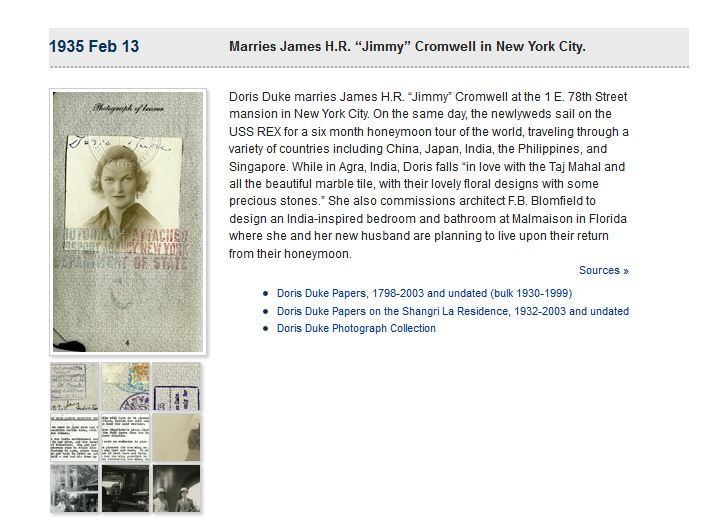
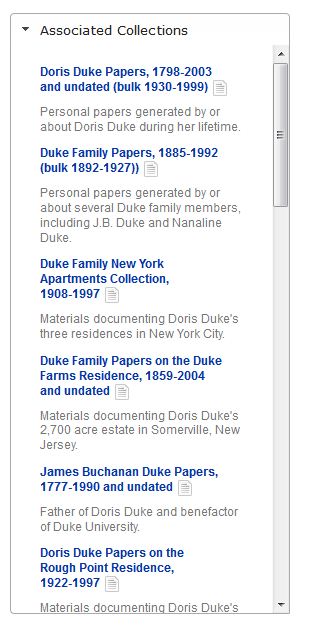
The second feature is the Biographical History. This presents the events in a more linear fashion and not only offers an enticing sample of the material or materials in the collection related to that particular event, but guides you to the collections within the Doris Duke Collection that contain additional information about that event. The idea is to connect the physical materials in the collection to a more abstract event. So for example, if you want to see a selection of materials related to Doris Duke’s wedding to James Cromwell and their honeymoon, you can locate the event and then click through some materials related to that event. You can then select the “Sources” hyperlink. This shows the three collections that contain material(s) related to this event.
The third feature of this portal is perhaps the most exciting. To help you have a fuller research experience, we have included all the collections within the Rubenstein Library associated with Doris Duke, with a direct link to each of the finding aids. By scrolling down this list, you’ll not only see the various smaller Doris Duke collections, such as the papers associated with the Shangri La residence, but other collections within the library that contain materials about Doris Duke. These collections include the James B. Duke papers, since he was her father, and the Duke Endowment Archives, since she was a board member. This list will expand as we not only open additional materials in the Doris Duke Collection but also as we continue to find collections and resources in the library related to Doris Duke.
The final feature is a quiz to test your knowledge of Doris Duke. We wanted to provide an entertaining way to introduce newbies to Doris Duke and also test those who think they know everything about her. We think you’re in for some surprising revelations!

Since this people portal is the first of its kind, we welcome your feedback and any suggestions for improvement. Visit the live people portal here. If you want to learn more about the technology behind this portal, including the use of Encoded Archival Context (EAC), a newly adopted XML standard for encoding information about the creators of archival materials and the circumstances of record creation and use, see Will Sexton’s blog (with the most awesome title ever!) Engineering the Killer Rabbit: How We Represented a Timeline of Doris Duke’s Life in XML.
Post contributed by Mary Samouelian, Doris Duke Collection Archivist.



